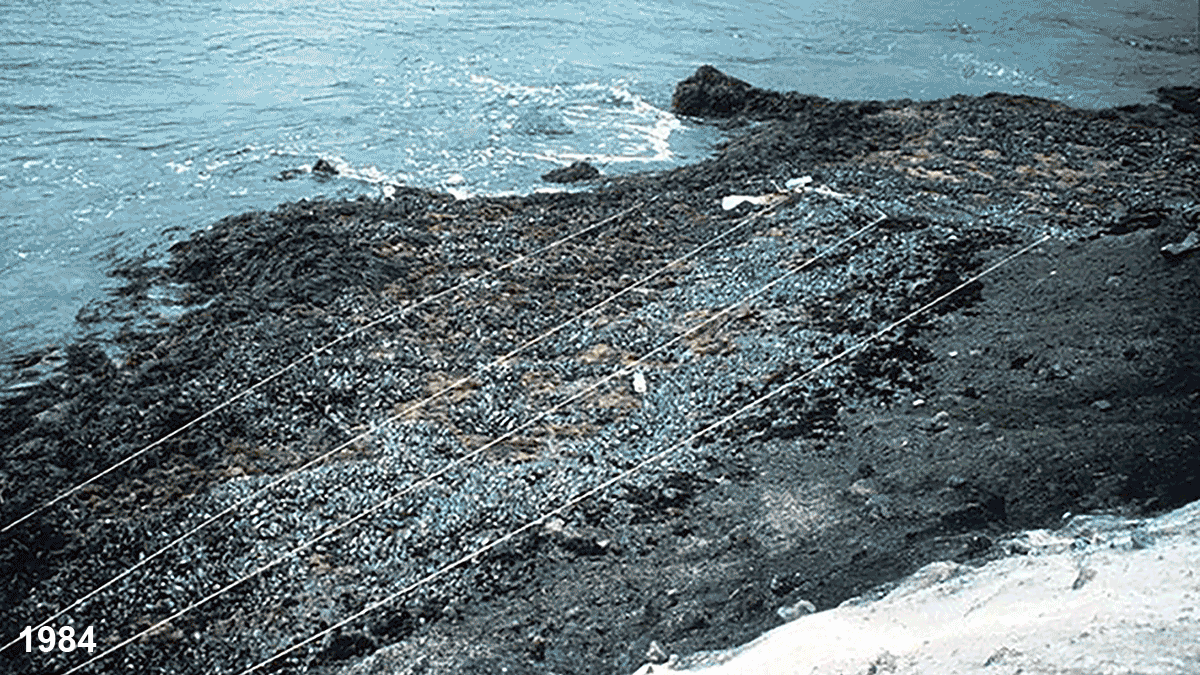The geoscience community and national security agencies need effective, two-way communication to exchange information.
history
Popocatépetl’s Wake-Up Call: Transforming Volcanology in Mexico
The 1994 eruption of “Don Goyo” in central Mexico accelerated an academic interest in volcanology.
Looking for Climate Clues in China’s Great Wall
Looking for Climate Clues in China’s Great Wall
In northwestern China, desert conditions have preserved the farthest reaches of the Great Wall. Scientists are now exploring 2,000-year-old building materials for signs of the region’s past climate.
Climate Change Turns Up the Heat in Greek Museums
Museums and historic buildings use indoor microclimates to preserve artifacts, but rising temperatures could create a breeding ground for pests, mold, and deterioration.
Ocean Warming Is Wiping Out Southern California’s Mussel Beds
Historic photographs reveal the dramatic retreat of mollusks as warmer waters take a toll on the health of the intertidal zone.
Mammal Droppings Preserve Human and Climate History on the Tibetan Plateau
Geochemical signatures in sediment, which includes organic molecules from human and animal poop, help scientists track the rise and fall of the Tibetan Empire.
Carbon Dating Reveals the Timing of Puerto Rican Cave Art
New dates from cave art pigment add to evidence that Indigenous Puerto Ricans inhabited the island for millennia.
Registros de eclipses fechan erupciones volcánicas de los siglos XII y XIII
Registros antiguos de lunas oscuras y lunas de sangre ayudan a los científicos a vislumbrar erupciones pasadas y sus efectos en el clima global.
Crowdsourced Science Pulls Off a Daring WWII Data Rescue
Newly declassified documents are making wartime weather observations in the Pacific Theater more robust, and could improve climate models today.
Aurora Records Reveal Shortened Solar Cycle During Maunder Minimum
Fastidious night sky observations from Korean historical texts provide a novel source of evidence for an altered solar cycle during periods of low magnetic activity.










